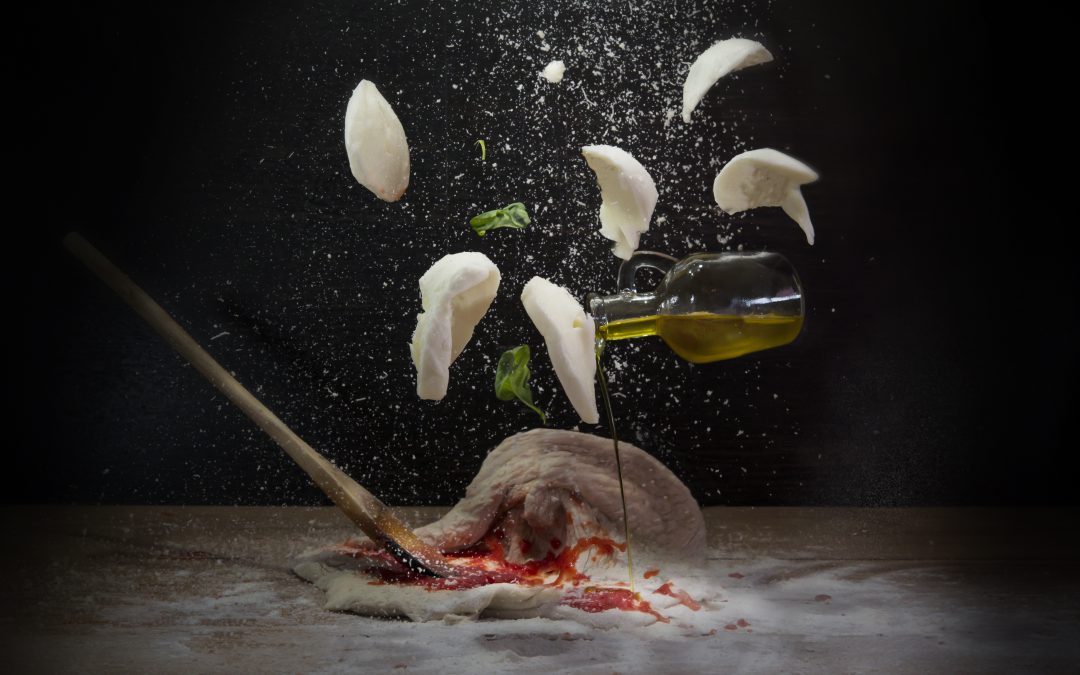What makes a tour of Italy perfect? A great pizza!
Pizza, a national specialty and icon, is the protagonist of an endless battle that compares two types: Neapolitan pizza and Roman pizza.
The comparison between these different styles of pizza involves a careful analysis of the strengths and weaknesses of the two.
What is the origin of true pizza? Pizza was born in Naples and was then adopted by the whole world, with many different variations. The preparation of pizza is truly simple, but its history is more than a century long.
The round pizza, soft-crusted, with tomato sauce, mozzarella and basil is a symbol of Naples and was recognized worldwide when it was named as Intangible Cultural Heritage by UNESCO.
In 1889 Raffaele Esposito, owner of a pizzeria in via Sant’Anna di Palazzo in Naples, wanted to honor Queen Margherita, wife of King Umberto I, and so he prepared a pizza with a tomato sauce base, basil and mozzarella, keeping to the colors of the Italian flag. The Margherita pizza was officially born.
Obviously pizza, over the years, has evolved into many regional variations, in Rome for example we have the Roman pizza: round, with a very thin and crunchy crust, so much so that it is also called scrocchiarella (local roman dialect for crunchy).
Two Different styles of Pizza
Neapolitan pizza is:

- Strictly tender and with a soft crust
- Neapolitan dough can have up to a 70% water content: it is a well-hydrated dough where the water is used to keep the pizza soft during cooking. Salt, flour and yeast are added to the water;
- It is tossed by the pizzaiolo (the pizza maker);
- Cooking takes place only in a wood burning oven at high temperatures and for 50-90 seconds;
- According to Neapolitan culture, there are only two traditional variations of pizza: pizza marinara and Pizza Margherita.
Roman pizza is:

- Round and highly enjoyed in the central regions of Italy;
- Has a low and crisp crust;
- The dough is lighter than Neapolitan dough and it is shaped with a rolling pin;
- The crust is thin and crunchy due to the presence of extra virgin olive oil or vegetable oil in the dough;
- Cooking is slow with temperatures of around 350°F so as to dry the dough and make it crisp;
- Anchovies and also vegetables are among the most popular toppings on Roman pizza.
Beyond the endless debate and regional flag waving, what really matters is the quality and the tradition behind the most famous Italian dish in the world. The rest is simply a matter of taste! We are waiting for you on private tour in Italy to try the two types of pizza.

